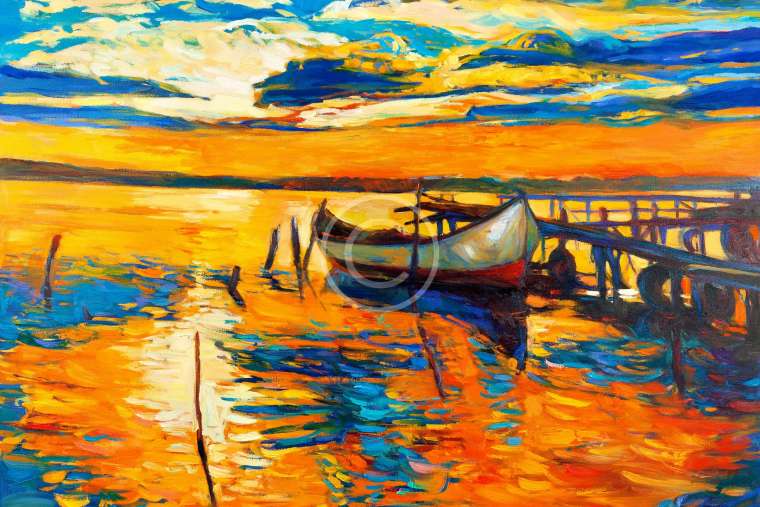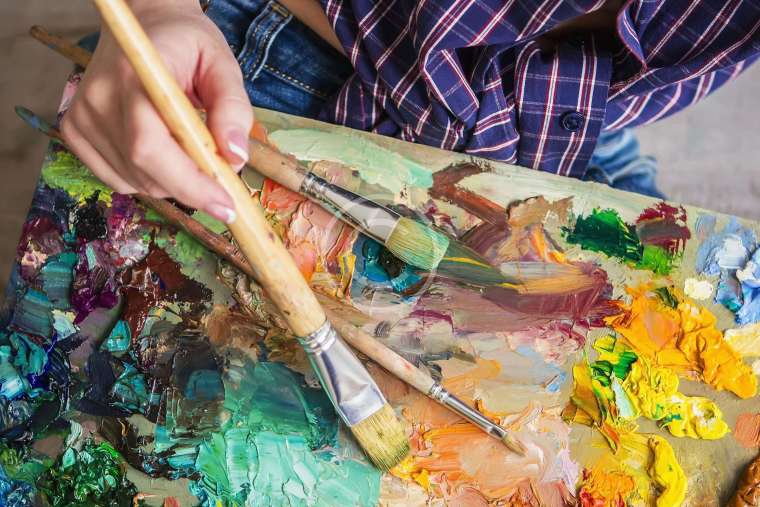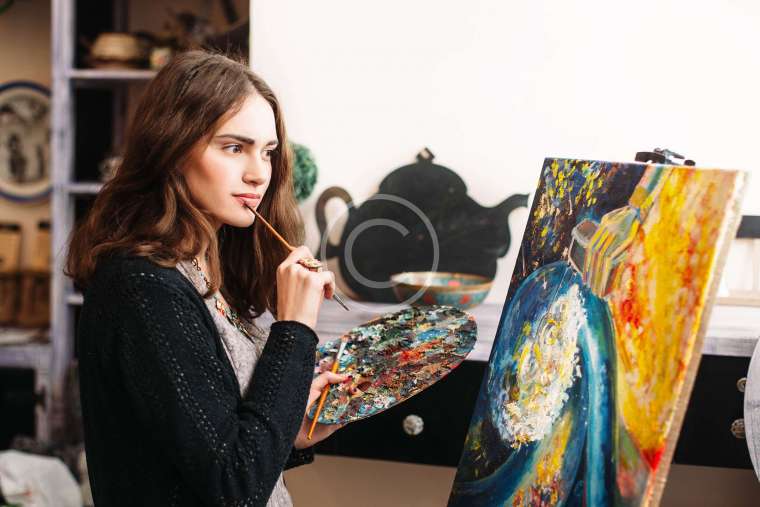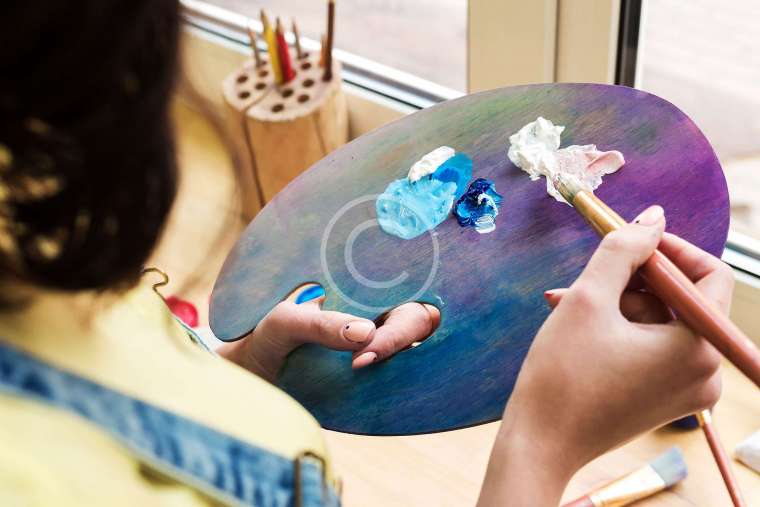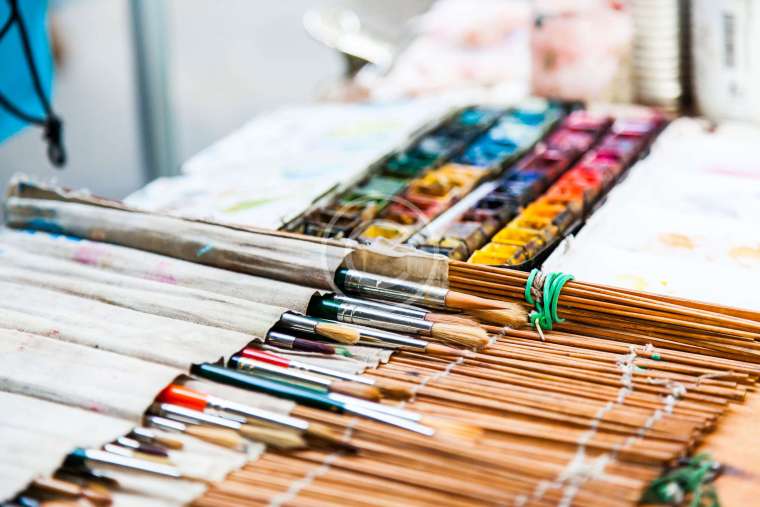WHAT IS YOUR STYLE?
Artistic style is achieved and created after some time of creating art.
Your style is a mix of your voice, decisions, organisations, subject matter, media, and more, combined together to create a distinctive . Your style is what ties your artworks together into an original and strong body of work.
The development of an artist’s own style or ‘voice’ is subsequently a necessary and sustaining aspect of an artist’s career. Here are ten ways in which an artist may develop their own artistic concept.
1. Experiment with other styles and techniques. Not only will you feel how other artists express themselves, but you may stumble upon a style that has a certain resonance with you. It is also beneficial to experiment as if you were making up a style or combining styles.
2. Study art history. You will never know if what you are doing is different or new in the scope of history if you do not spend time looking at what people have done in the past. Also, because art is a record of the time it was created and because history repeats itself, there are styles and zeitgeists that have been successful in the past that can be relevant now.
3. Develop your personal story. Many times art without a background story lacks dimension. Part of your personal story may be drama that you bring to your medium. Drama or conflict, for example, can then be accessible to your audience. It is also important because as a artist you cannot divorce yourself from your personal experience.
4. Spend time viewing your peers’ work. It is easy to work in isolation, especially if you think that what you are doing is really good. By viewing the work of your peers, not only do you get an idea of different concepts they are working with but you can also get a sense for the direction that art as a whole is moving.
5. Talk about your art. If you begin to talk about your work and it does not excite or interest you, it will not excite or interest anyone else. Talking about your art not only helps to articulate difficult concepts but acts introspectively. You can evaluate your art as you hear it from your own voice and determine whether what you are saying is consistent with the work you created.
6. Push yourself. Explore what it means to go another step further. Whether pushing yourself means going out to galleries, doing endless figure drawings or starting over on a painting, it is necessary to pursue discomfort. Stay out of your comfort zone.
7. Work. As an artist it is can be easy to get caught up in all the things that artists do besides actually spending time working. As a painter it is necessary to spend time in front of a canvas putting paint to surface. I would suggest setting aside time in the day to work as if it is your job.
8. Cross study. There are valuable lessons to learn from our own field but there are invariably topics outside of art that interest you. Make time to spend studying other subjects so that you can more deftly incorporate them into your art.
9. Seek inspiration. Part of this is putting on artist lenses when you view the world. This takes practice. View everything from an artist’s perspective and ask yourself questions like, “how would I paint that?” or “what would that feel like on canvas?”. Look at light, line and shadow as other people are oblivious. Make sketches and notes on what you see, think, and feel. View your environment as a composition. Begin to see things as if they were painted.
10. Break the rules. Once you have spent the time working, developing, studying and otherwise inputing information, consider how you can then break the rules. You can’t break the rules if you don’t know what the rules are.

aMorbi tincidunt odio eget nisi commodo feugiat. Maecenas tincidunt lorem nibh, vel euismod nunc dignissim eu. Lorem ipsum dolor sit amet, consectetur adipiscing elit. Etiam bibendum et odio faucibus mollis. Phasellus hendrerit malesuada tincidunt. Nunc accumsan, mauris ut aliquam blandit, neque felis imperdiet leo, sed egestas diam turpis id ligula. Curabitur aliquam mi non justo malesuada, quis mattis lectus feugiat. Nam eget neque eleifend, hendrerit mauris at, porttitor enim.






